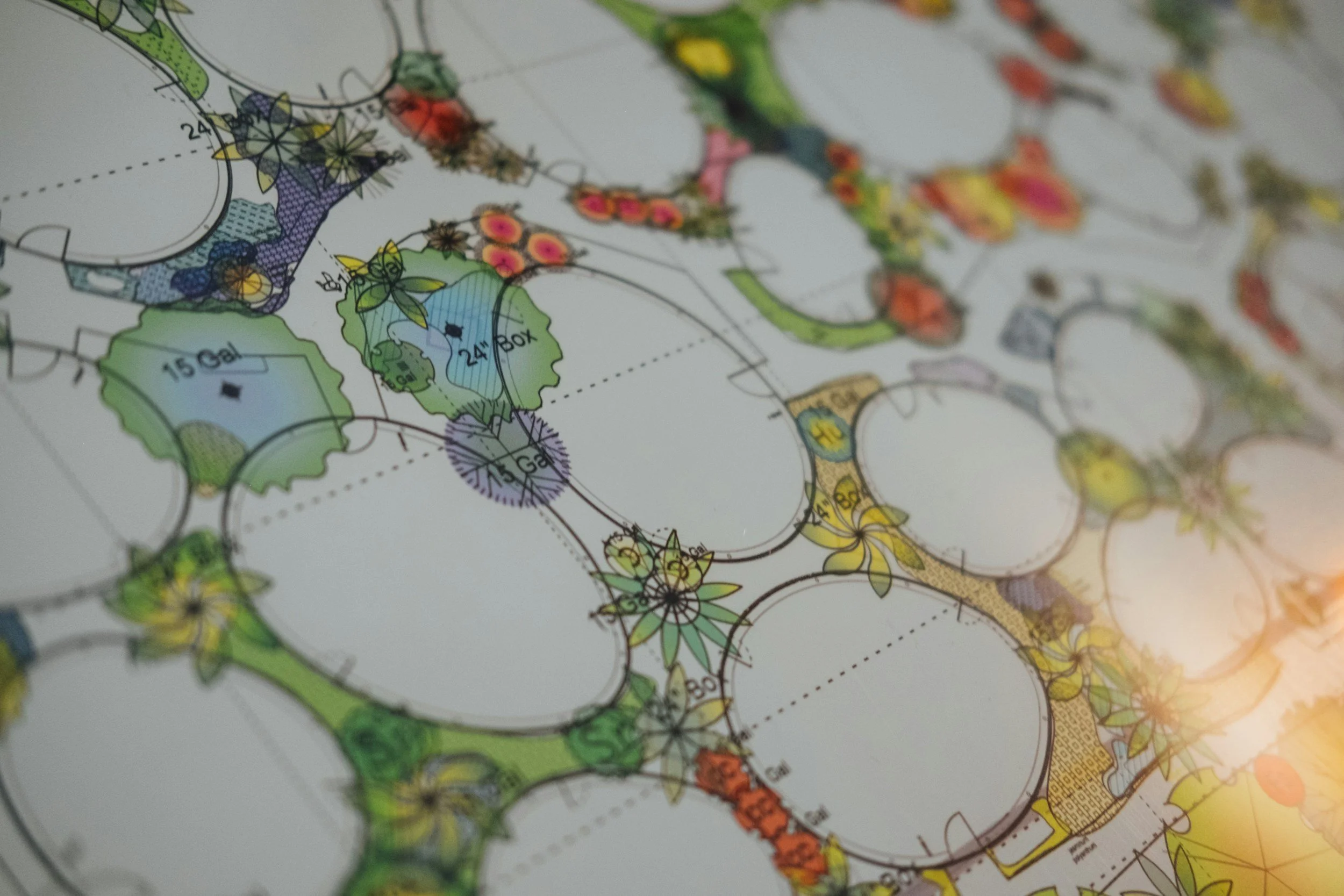A successful pool project starts with thoughtful planning and design. Early decisions about pool size, shape, depth, and features will greatly impact long-term satisfaction. In North Texas, you must also consider local regulations (city setbacks, utility clearance, etc.) and how the pool will fit into your yard and lifestyle. Avoid rushing this stage. Design around your family’s needs, future maintenance, and the realities of our Texas climate (hot summers and occasional freezes).
Planning & Design Stage
Budget & Contractor Selection: Set a realistic budget that includes all costs (pool, deck, landscaping, permits). Choose a reputable pool builder. Texas has no specific license for pool contractors, so vet them carefully (ask for references, see past projects). Unfortunately, “any Chuck in a truck can call himself a builder with zero certification” in Texas , so verify credentials, insurance, and reputation.
Permits & HOA: Ensure your contractor pulls the required city building permits and any HOA approvals before construction. Skipping permits can lead to fines or even forced removal of the pool . Many North Texas cities also require utility company sign-off on pool plans (to ensure electrical safety clearances) and HOA rules may dictate fence style, pool placement, etc . Get all approvals in writing.
Location & Design Considerations: Decide the pool location with care. Check setbacks from property lines and your house foundation – most cities require the pool shell to be a minimum distance from the home (often a 1:1 ratio of depth to distance) unless an engineer signs off . Verify no easements or utility lines run through the spot . Plan for drainage: the yard should slope away from your house and pool. In contracts, clearly assign responsibility for managing rain run-off and yard drainage changes – poor drainage can cause flooding and costly home damage .
Pool Depth & Shape: Tailor the depth to your use – don’t automatically opt for an 8-foot-deep end if you won’t dive. Many families prefer a “sports pool” design (max 4½ to 5½ feet deep) which provides more usable play area . A shallower pool is also safer for kids and easier to heat. If you do want a diving board, ensure the design meets ANSI/APSP safety standards for depth and length. Common design mistake: going too deep when a deep end won’t be used .
Features & Options: Think about how you’ll use the pool. Do you want a spa/hot tub attached? In North Texas, a spa with a gas heater is popular – it lets you enjoy warm soaks year-round, even when the pool water is too chilly . Consider features like a tanning ledge (shallow shelf), beach entry, fountains, or lighting. Don’t forget shade: plan pergolas, umbrellas, or trees because our Texas sun •is intense and swimmers will need a break from it . Also plan for safety features (fences, selfclosing gates, alarms) now to integrate them smoothly into the design.
Materials & Finishes: Early on, discuss surface finishes and materials. Plaster vs. pebble vs. quartz interior affects looks and longevity (basic white plaster is cheapest but may not last as long as upgraded aggregate finishes). Choose waterline tile that’s durable and slip-resistant coping/deck materials (e.g., travertine, concrete pavers, broom-finished concrete, etc.). In North Texas’s climate of high heat and some winter freeze, materials should handle expansion/contraction. Also, lightercolored decks stay cooler underfoot in summer.
Pool Equipment Planning: Plan where equipment (pump, filter, heater, etc.) will go. It should be accessible but not too close to outdoor living areas (equipment can be noisy – homeowners often regret placing the pump pad right next to the patio ). If possible, situate it downwind and out of sight (behind a garage or shrubs). Check that your electrical panel can handle the load of pool equipment, and if you’ll need a gas line for a heater, verify the gas meter capacity with your utility. Planning these early avoids costly changes later


